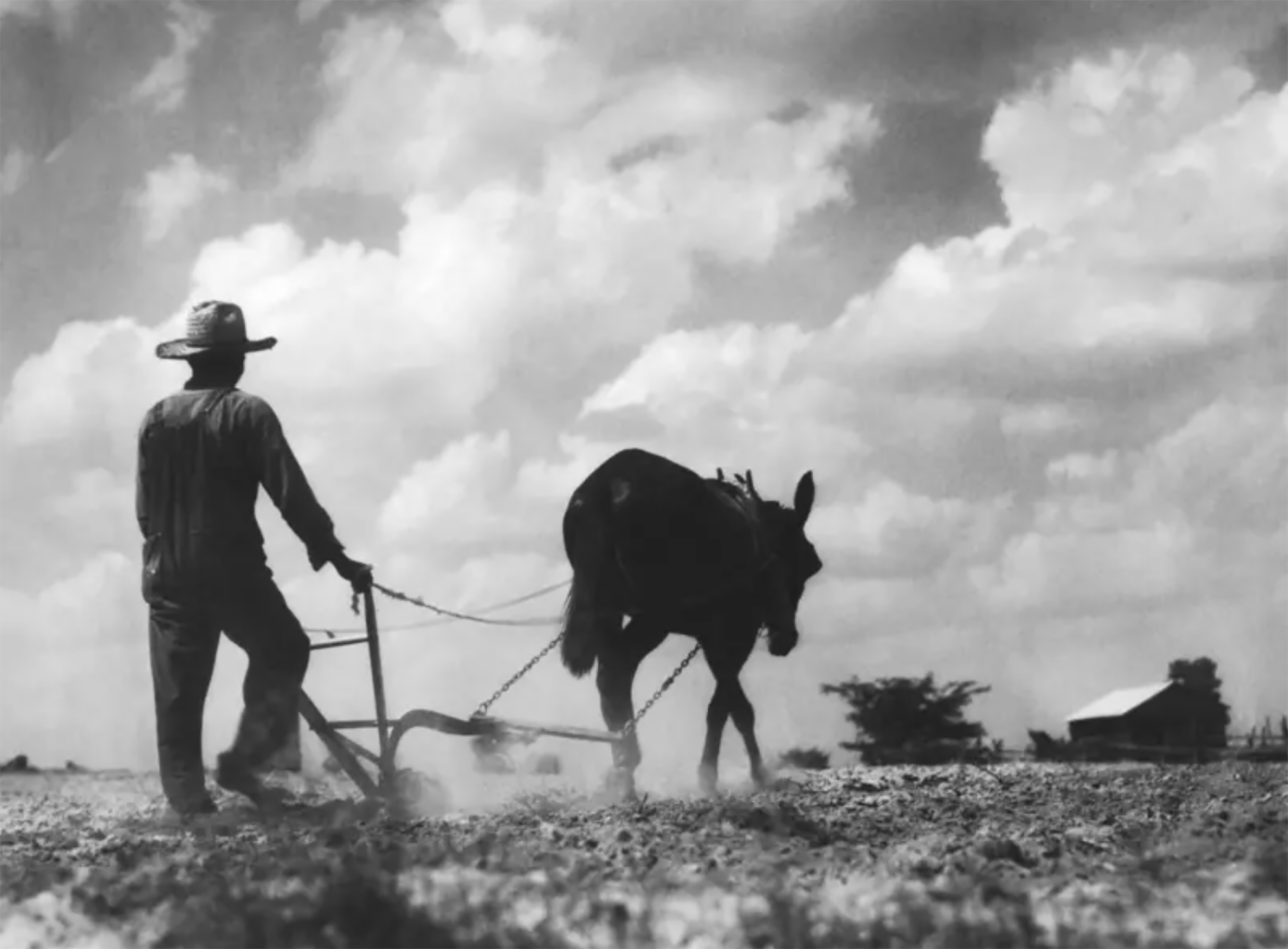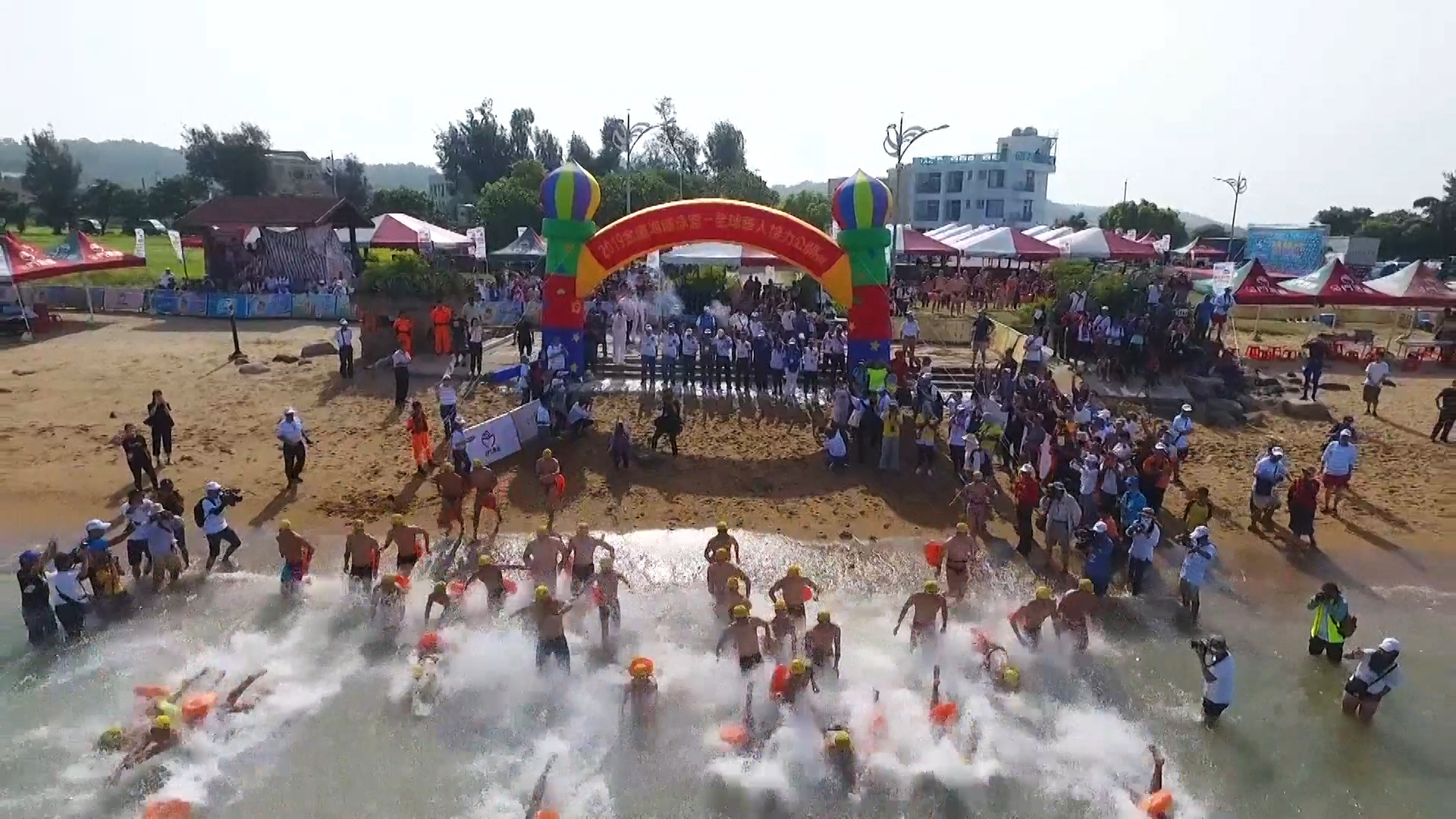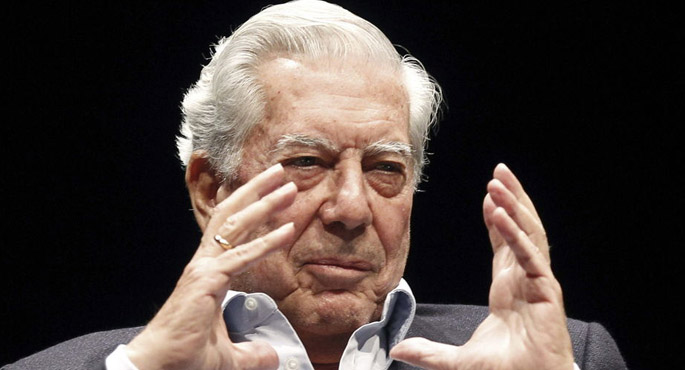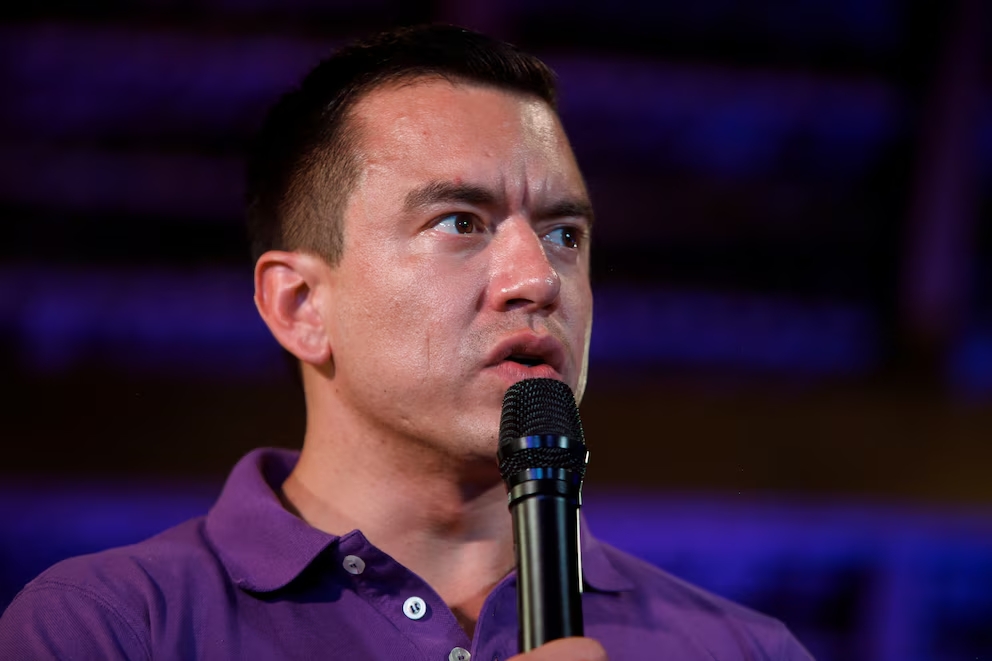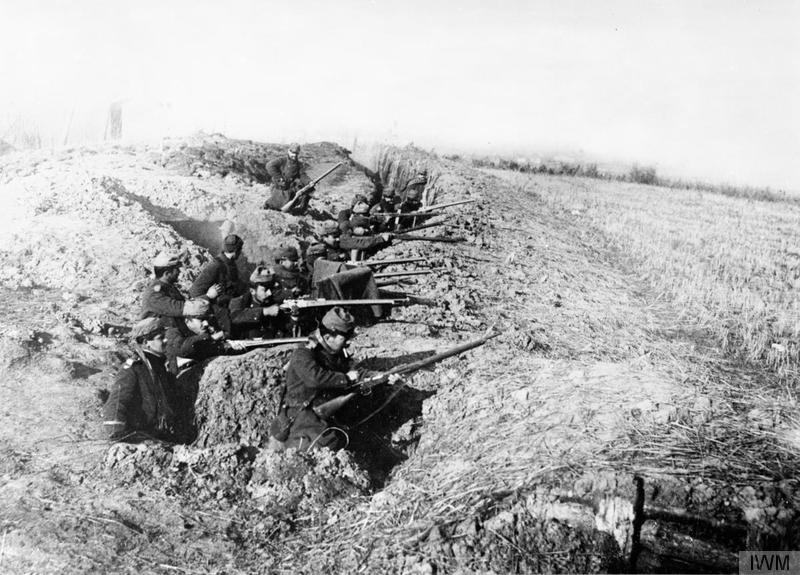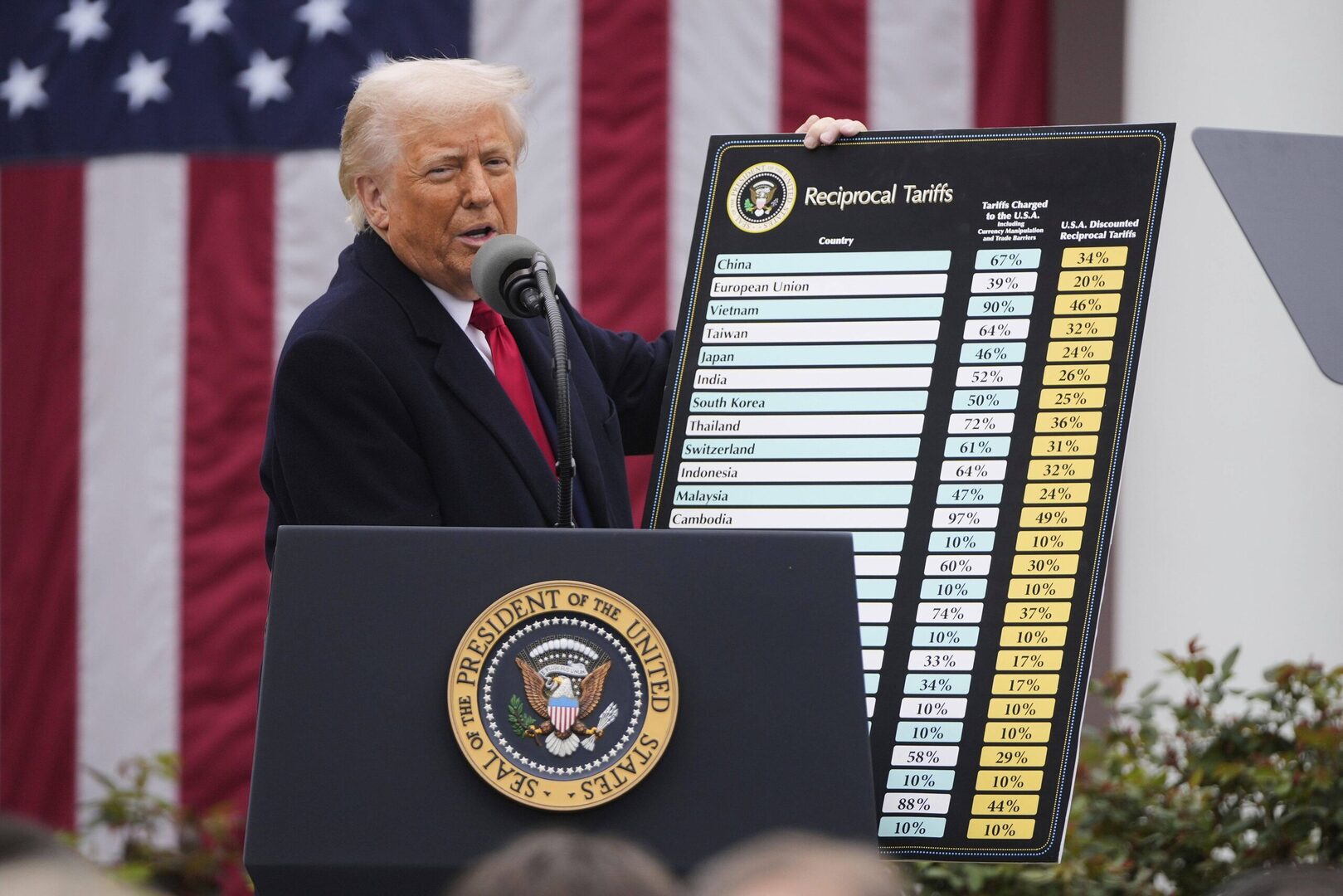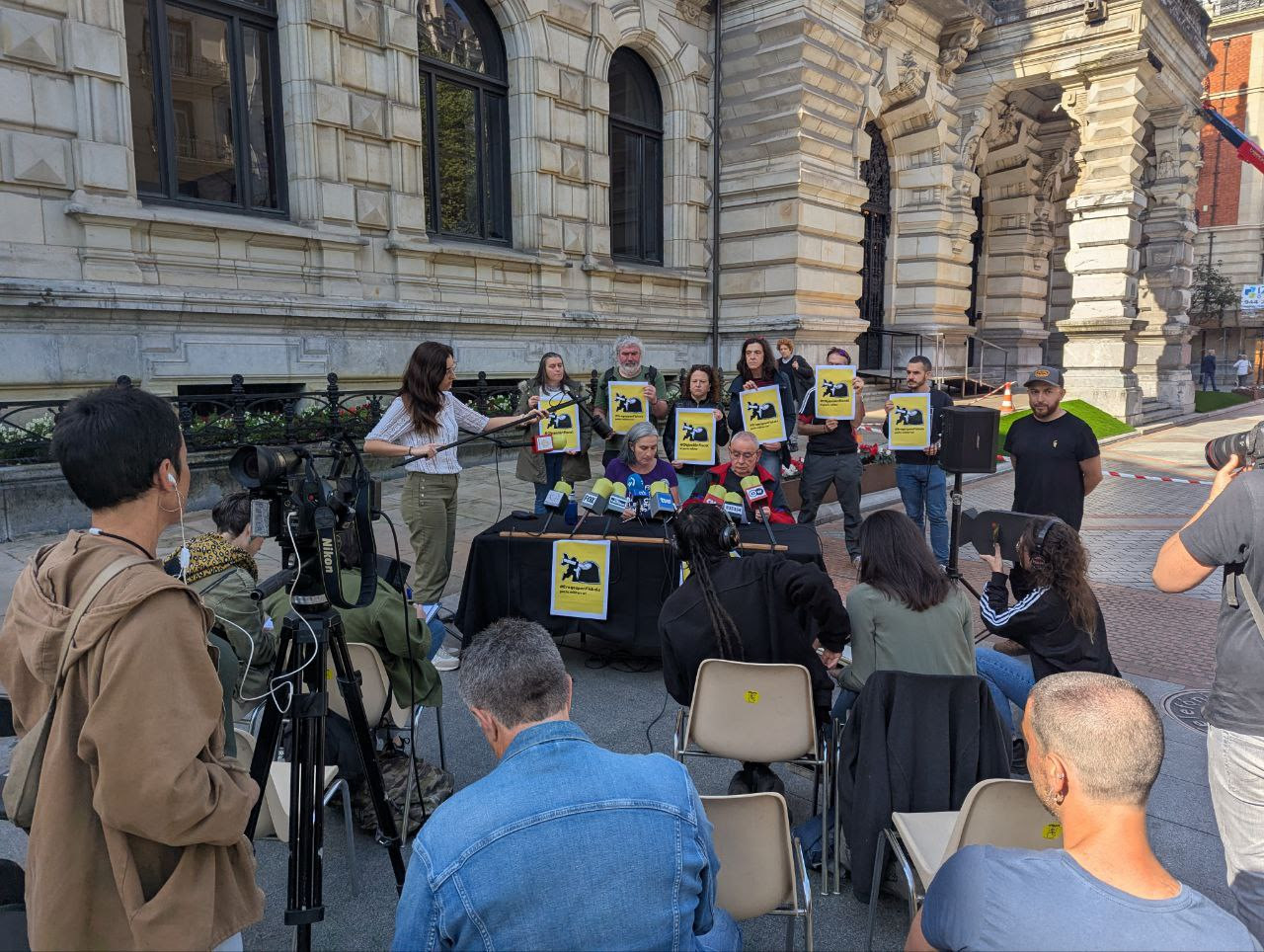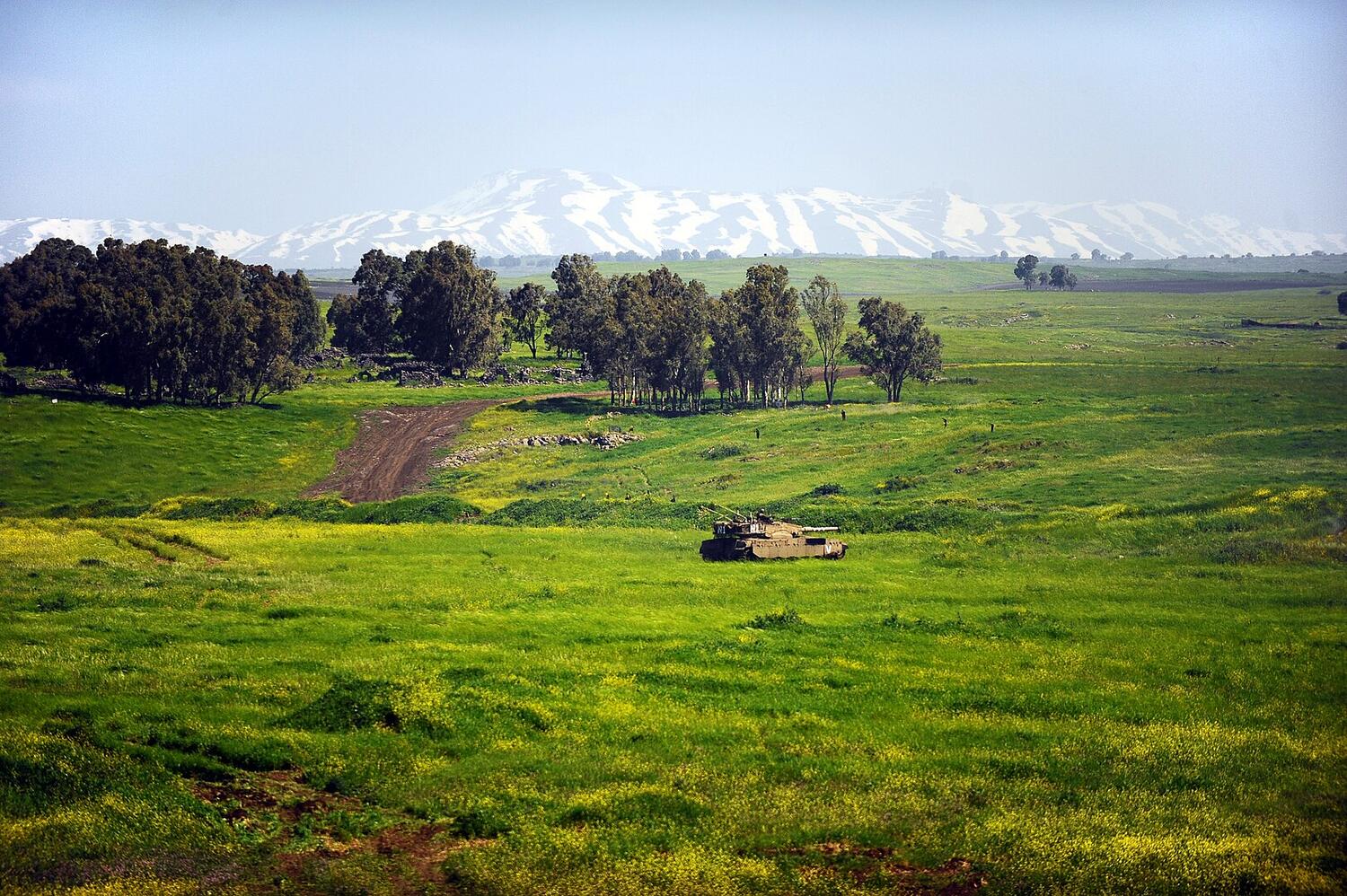Widows of the agricultural crisis in India
- Dalit or “untouchable”, farmer, woman, and also widower. They are located at underlying levels of all hierarchies among the Indian population, and their oppression is proportional to that multiple marginal position.
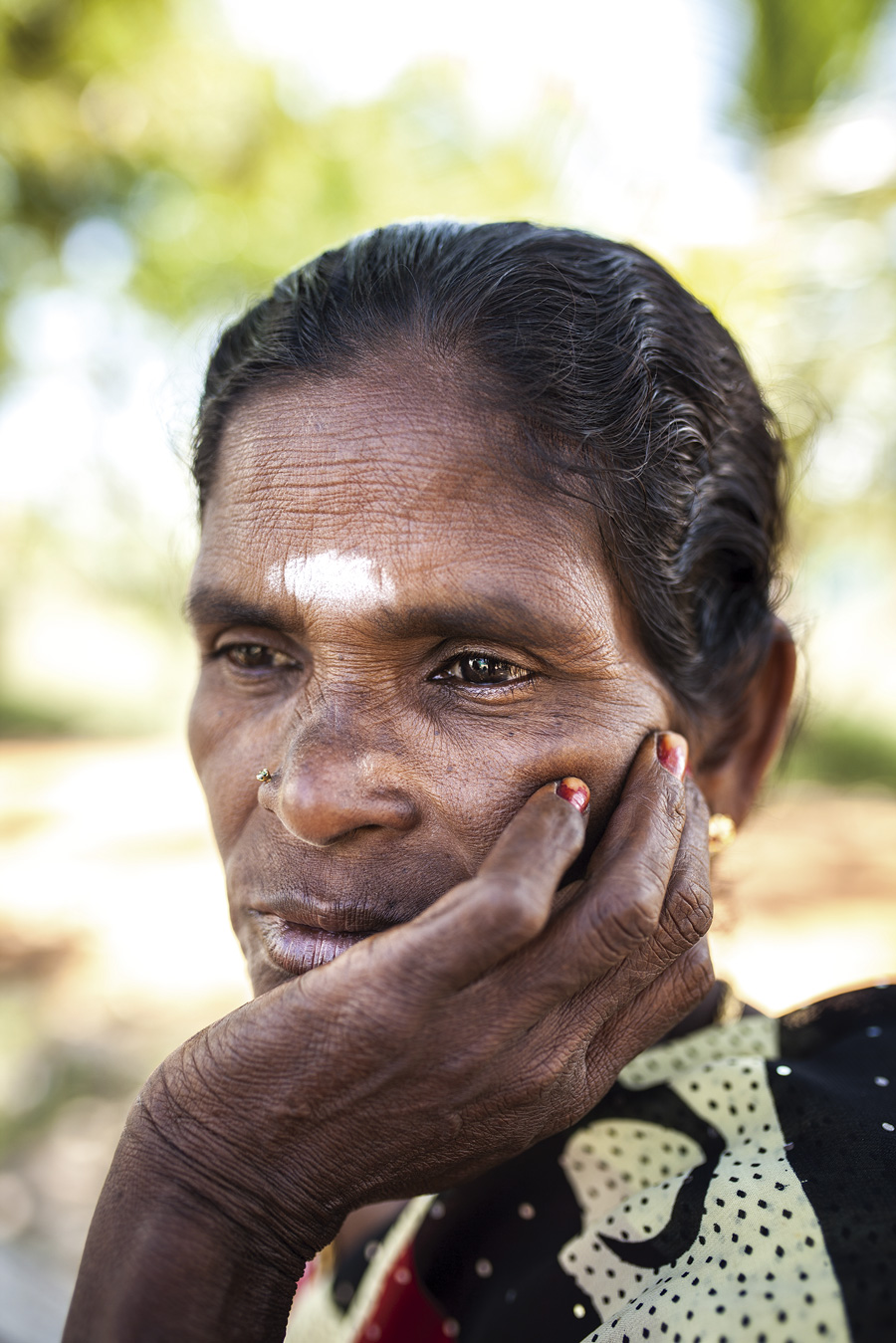
Once we were landowners. The monsoon arrived here in September and rained until November. Thanks to that water, we received three rice harvests a year. At the time of our grandparents, this was also the case.” Janagi Natarajan (Puvanagiri, 1959) remembers with nostalgia the most prosperous times. “But in the late 1990s we started to notice the change, and since then the situation has worsened: the rains only occur in November, they are scarcer and the wind is stronger.” Farmers in the state of Tamil Nadu, in southeastern India, have only one rice crop today; lentils and chickpeas have begun to sow in search of a second harvest, but storms often devastate the fields. Selva Nayagi (Chinna Koppiyam, 1979) is a casual worker, like his parents: “We were never rich, but when time was cyclical, the wage was guaranteed. We now live in uncertainty.” He speaks to us with his hands extended, as if the palms filled with calluses were supplying work.
“Just married
we were self-sufficient: we produced flour to make bread, vegetables, animal grass, milk... and by exchanging surplus we got everything else”
Aasha Ghodake
More than 1,400 kilometres north, in central western India, in the state of Maharastra, the landscape is even more arid. “This is rye land,” explains Aasha Ghodake (Bhalasoaren, 1972), we grow wheat.” It has an area of two hectares and two bulls and cows, working and milk. “We were just married: we produced flour to make bread, vegetables, animal grass, milk... and by exchanging surplus we got everything else,” he proudly says. At the time, in the wet months, the streams crossed the countryside; however, the 2019 monsoon has left rain in the heart of the country and its level has dropped to 150 meters underground.
According to a report from the Indian Meteorology Department published in October 2018, 68% of the subcontinent’s agricultural land is at risk of drought, 33% of which are at risk of chronic drought.
Meanwhile, the measures contained in the Manual for Drought Management, adopted in 2016 by the Ministry of Agriculture and Rural Welfare of India, have entered into force, according to the Government itself, to establish “new scientific indices and parameters for a more detailed assessment of droughts, abandoning traditional estimation systems”. But as the country’s farmers’ cooperatives and associations denounce, the only intention of Prime Minister Narendra Modi is to limit the recognition of the growing massacre: to tighten and tighten up the criteria for the conditions to be fulfilled in order to allocate financial aid (Draught-hit Remuneration) to drought-affected peasant families. The state of Maharastra, for example, is in danger of chronic drought. The Government of the area resorted to the system known as Paisewari, which declared the state of drought if there was a rainfall deficit in a given area and was 50 per cent below the average of the 10 years prior to that year ' s harvest. The farmers of Maharastra have denounced that the new peasant policies and criteria have left without any assistance to families in 9,000 countries that the Paisewari system considers to be such.
Shadows of the Green Revolution
However, climate change is not the only cause of this agricultural crisis. Extensive agriculture engineer Mahesh Markad (Madhi, 1990) has researched in depth the impact produced on soil and peasant families by crop transformation and the trend towards the intensive model since the 1960s: “Addictions to imports and donations, population growth and the terrible droughts of the years 1965-1966 triggered the Green Revolution of India and its reforms. The goal was to meet the country's need for rye, to approach food self-sufficiency. The first measure of the government of the time was to first bring foreign high-yield and high-strength wheat varieties, and then samples of this type of rice, and promote the use of chemical fertilizers.”
“Once we were landowners, but now I am a day laborer because the lenders confiscated the land as soon as the husband left us”
Janagi Natarajan
In the first years of the transformation, production grew sharply – it would triple in 30 years – attracting more and more families to the new model. They set aside other less profitable crops and started issuing pesticides to protect plants weakened by chemical fertilizers. “But most of the Indian peasants were small landowners with difficulties in the family economy. They had neither the habit nor the ability to make large balances, nor the culture of medium- to long-term forecasts, which clashes with the essence of Hinduism. Immediate prosperity was blind and the high supply led to a drop in the price of agricultural products. Progressively, the use of chemicals has reduced the ability to degrade seeds, sterilize the soil and absorb water from it, condemning farmers to use it more and increasing prices. “The fields are now too hard for the bulls that have run out of food to burn.” This vicious circle has therefore increased production and reduced profits over the last two or three decades.
They have found no choice but to ask for loans to continue working in the field. But banks don't recognize them. On the one hand, because it is an unstable sector. And on the other hand, perhaps because the peasants are shudras, citizens of the lowest caste; or dalits or “untouchables”, in other cases, even of lower level, that are out of stratification. “Although the 1950 Constitution abolished caste discrimination, climbing is still alive in society,” says Mahesh Markad. “Then they resort – it has continued – to illegal private lenders. They are groups with a mafious structure. The head who manages money and makes decisions has at his disposal a number of mercenaries who are responsible for extorting and continuously threatening debtor farmers.” Desperate farmers are allowed to make money on demand, but they are asking for interests of between 20 and 30 and 40%, two or three times higher than the banks.
Depression and suicide
“When the three-acre camp stopped rice, her husband asked for a loan of 200,000 rupees (2,500 euros) to a private donor,” explains Janagi Natarajan. “He died in 2000 of depression. He couldn't pay the debt and couldn't cope with the stress; he stopped eating, stayed at home for several months, weak. Once we were landowners, but now I am a day laborer because the lenders confiscated the land as soon as the husband left us.” Gender roles are fairly spread and deeply rooted in India. Men, as family heads and protectors, have, among other functions, to meet the needs of family members with money. Thus, with the desire and inability of society and the family to comply with what is expected of them, many peasants find their virility frustrated. In the state of Tamil Nadu, 12 per cent of houses are headed by a woman, the highest percentage of all of India, widows of men who found a way out of despair, suicide or flight and abandoned wives.
Santhana Mary’s
husband got
drunk
early, “as most of the guys here,” he says,
dropping his head
Data from the state of Maharastra are even more serious: Between 2009 and 2018, more than 25,000 farmers would have committed suicide, according to the government agency National Crime Records Bureau (NCRB), which works on the Crime Records network. “The husband asked for the first quantity in 1990: 10,000 rupees (EUR 124) – recalls Aasha Ghodake. Each postponement increased our interest, and the husband had to ask for new loans to pay the former. The situation was desperate and suffocating. They would come and search her home every time, and they would drive her in the car, I don't know where, I had never said it to me. They threatened, yes, he told me: they would lock him up and harm us at home.” On 29 January last, Aasha Ghodake's youngest son found his father's body in a shed early in the morning. The autopsy determined that it was poisoned by ingestion of chemical fertilizer and that the victim had injuries of a reserved nature. “I feel like we’ve lost years of struggle. If I had shared more concerns with me, I might not have made the decision I made – says Ghodek sounding –. We dreamed of giving studies to our four children, but now they have to start working in the city, because they know very little about agriculture, and this piece of land is not going to give any more. I will stay at home: I will take care of the animals, the meals, the laundry.” The same role distribution places mothers/women at the center of the families, promoters and cohesiers. And that is precisely why despair, suicide and flight are not opportunities that an Indian woman can afford herself.
Emigration and addictions
Believing that there are many opportunities in cities, corrupt belief has displaced thousands of peasant families, especially since the year 2000. Slums have been filled and expanded. “The small savings move,” explains Mahes Markad-, and they do jobs based on the caste. Most of them are dalits or undeniable, so -- marriage works by cleaning sewers, collecting plastics or shearing. The eldest daughter stays in the cottage looking after her younger siblings and the older children go out and ask for money.” Without schooling, they grow up in the streets, they get educated in the streets and they are victims of all kinds of traffickers. “It’s easy for children to disappear forever in the big cities of India,” says Markad.
“I married at the age of seventeen. Jornalarion’s work had by then become an absolutely irregular job – says Selva Nayagi. Without the rain guarantees and the irrigation system, the owners lost the ability to pay our wages. Her husband decided – he says – to move to Kerala to work on cutting trees in the woods. At first I would go home every two months to bring the money. But the frequency of visits was decreasing and getting worse.” Many men who migrate alone fall into addiction. “It’s a balm to deal with loneliness, the crudity of work,” says agronomist engineer Mahesh Markad. A cheap balm, inevitably: He forgets drinking alcohol under the state monopoly, inhaling glue or taking anxiolytics. In the country that produces 22% of the drugs worldwide, a Tramadol analgesic opium pill can be purchased for three rupees (0.04 euros). Three years after migrating from her village from Tamil Nadu to Kerala, they found the husband of Selva Nayagiren unconscious: “They told us that he had fallen to a dry well and that he had received a blow in his head. They had him in the hospital for a month, but in vain.” Nayagi then had five children, over five years of age. “My first reaction was to think he was attacked because it was a pity. Then the anger, the crying -- I felt that God had abandoned me, I stopped praying."
Santhana Mary’s husband (Palur, Tamil Nadu, 1964) drank himself young, “like most of the boys here,” he says, leaning. Puducherry, in this rural town bordering the Union Territory, where the distilleries on the other side of the border have polluted not only the waters of the river, but also men. “He never brought a casual worker home. He drank and was left with the little left of his pocket when he threw it on the ground. Imagine that at the time the government participated in the vasectomy campaign to control the population so that they could drink the money they were paid for in exchange for the operation.” Santhana Mary's is a life story full of humiliations, blows and contempt. “When my husband died of a liver disease, I won peace inside my house, but my compatriots turned my back out.” In fact, Indian superstitions regard widows as carriers of bad luck, far and away from public life. “I have been out of the house for nineteen years before 7:00; I am not the first person anyone can see in the morning.”
Dalit, wife and widow
Janagi, Selva, Aasha and Santhana are victims of the agricultural crisis in India, but it is not the only burden they bear on their heads. Intersectionality is an essential prism to approach understanding in India: these women are situated at underlying levels of castes, classes, genders and other social hierarchies, and the oppression they bear is equal to that multiple marginal position.
"We were never rich, but when time was cyclical, the wage was guaranteed. Now we live
in uncertainty" Selva Nayagi
Akila Natarajan (Thiruvarur, Tamil Nadu, 1977), coordinator of the Nagapattinam Widows Federation, tells us very clearly how the loss of a husband increases old age: “Husbands are in many cases internal punishers, but at the same time they reject potential external aggressors. It's very common for high-level men to rape women from lower castes. Once this head of household figure has disappeared, these women are considered aggressive not only by high-level women but also by men of the same rank”. Once widowed, tradition forces them to take Thali's wedding necklace away from the colorful sharis and to target the front point, the boat or the bindi, not in red. They are identifying signals, marks of a given status. They cannot participate in celebrations and marriage is almost impossible for a woman who lost virginity long ago. “But they are the only support of their children,” says Natarajan-, and their only goal is to push them forward. If you cannot live as a casual worker, you will clean the toilets of the houses of the rich, you will accept extortion of all kinds, or you will resort to prostitution, if it is nothing else.” From the outside, we can hardly think of the extent of these women's capacity for suffering. In any case, it is as big as the dependence it brings them.
“Bag of resilience”, “survival manual”, “backpack of evacuations”: that’s what you can hear in the mouths of the authorities in recent weeks.
Among the declarations of the past month, the European Union has asked the population to prepare a “survival kit” to... [+]
If that's the fear. Donald Trump seems to have come to occupy Washington’s rounded office for a long time. He has a second mandate, but to his close advisers, confirming that he is not joking, he also mentions his rigid goal of changing some isolated numbers in the Constitution... [+]
Washington, D.C., June 17, 1930. The U.S. Congress passed the Tariff Act. It is also known as the Smoot-Hawley Act because it was promoted by Senator Reed Smoot and Representative Willis Hawley.
The law raised import tax limits for about 900 products by 40% to 60% in order to... [+]
Bandera amerikanoz inguratuta, muga-zergen oldarraldi berria iragarri zion munduari Donald Trumpek apirilaren 2an. Geroztik hamaika astindu jasan dituzte burtsek eta nazioarteko merkataritzak. Baina hau ez da zoro baten boxeorako ringa bakarrik: AEBetako politikan hamarkada... [+]
My mother always says: “I never understood why World War I happened. It doesn't make any sense to him. He does not understand why the old European powers were involved in such barbarism and does not get into his head how they were persuaded to kill these young men from Europe,... [+]
Florentzia, 1886. Carlo Collodi Le avventure de Pinocchio eleberri ezagunaren egileak zera idatzi zuen pizzari buruz: “Labean txigortutako ogi orea, gainean eskura dagoen edozer gauzaz egindako saltsa duena”. Pizza hark “zikinkeria konplexu tankera” zuela... [+]














